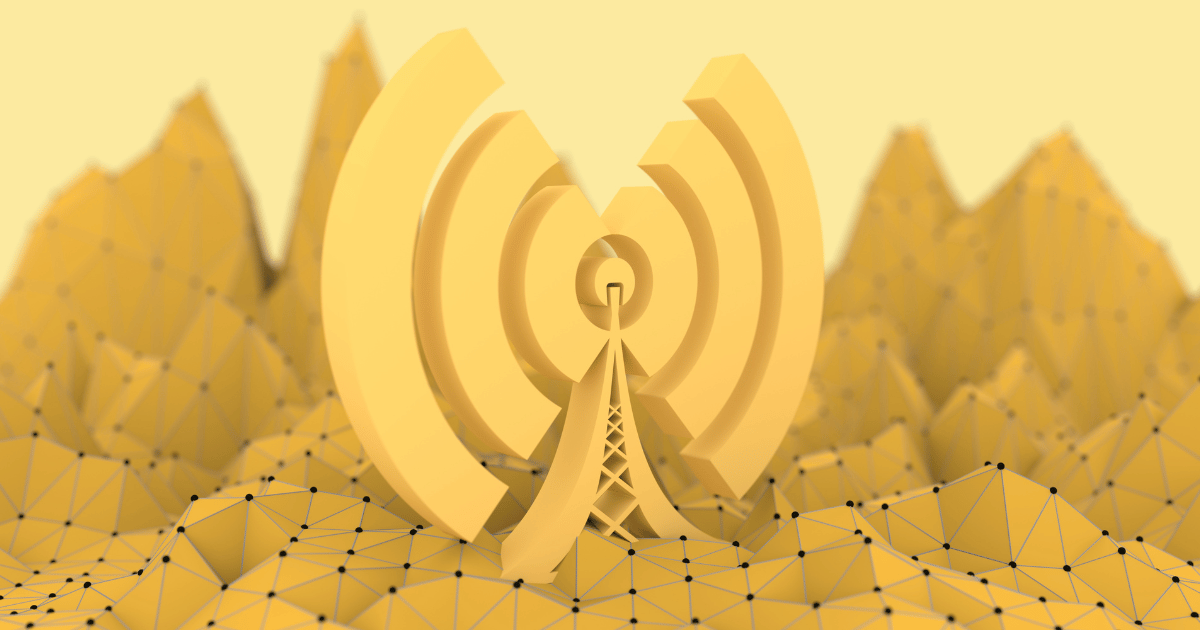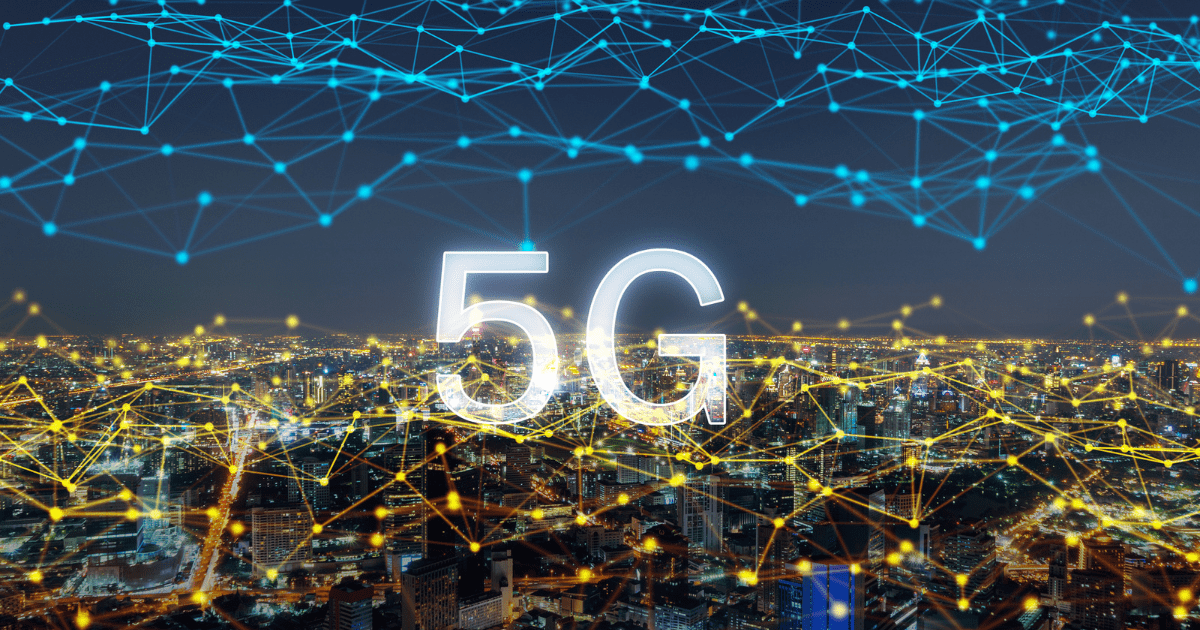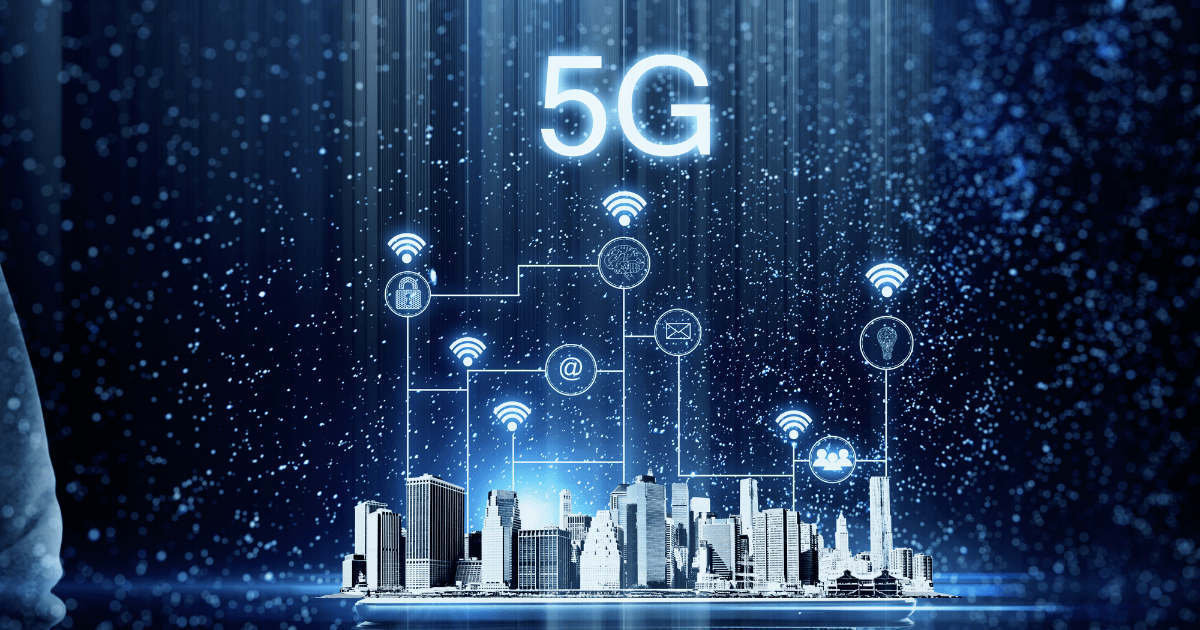Wi-Fi 7 and 5G-Advanced: Revolutionizing Next-Generation Networks

The advent of Wi-Fi 7 and 5G technology marks a significant leap forward in the realm of high-speed connectivity. These advancements promise to revolutionize how we connect and communicate, bringing unprecedented speeds, enhanced performance, and lower latency to consumers and businesses alike.
The Rise of Wi-Fi 7
Wi-Fi 7, the latest iteration of wireless networking technology, is set to redefine the standards of internet connectivity. Building on the successes of its predecessors, Wi-Fi 7 introduces several key enhancements that are poised to transform our digital experiences. One of the most notable features of Wi-Fi 7 is its ability to operate on the 6 GHz band, which significantly expands the available spectrum and reduces interference. This results in faster speeds and more reliable connections, particularly in densely populated areas.
The technology behind Wi-Fi 7 includes advanced features such as 4096-QAM (Quadrature Amplitude Modulation), which increases data throughput by packing more information into each transmission. Additionally, Wi-Fi 7 supports multi-link operation (MLO), allowing devices to connect to multiple access points simultaneously, thereby optimizing network performance and reducing latency.
With these advancements, Wi-Fi 7 is not just about faster internet but also about creating a more stable and efficient network environment. This is particularly important as our reliance on wireless devices continues to grow, from smart home gadgets to high-definition streaming services and online gaming.
The Impact of 5G
Simultaneously, the rollout of 5G technology is reshaping the telecom landscape. 5G networks offer remarkable improvements in speed, capacity, and latency compared to previous generations. This next-generation mobile network is designed to handle the increasing demand for data and support the proliferation of connected devices in the Internet of Things (IoT) ecosystem.
One of the standout features of 5G is its low latency, which is critical for applications that require real-time responsiveness, such as autonomous vehicles, augmented reality, and telemedicine. The high-speed connectivity provided by 5G enables these applications to function seamlessly, opening up new possibilities for innovation and efficiency.
Moreover, 5G technology is expected to revolutionize industries by enabling smart manufacturing, remote surgery, and enhanced mobile broadband experiences. The ability to support massive machine-type communications (mMTC) and ultra-reliable low latency communications (URLLC) makes 5G a pivotal technology for future advancements.
.png?width=1200&height=630&name=Blog%20Post%20(18).png)
Synergy Between Wi-Fi 7 and 5G
The convergence of Wi-Fi 7 and 5G technologies is set to create a robust and versatile connectivity ecosystem. By leveraging the strengths of both technologies, telecom providers can offer unparalleled network experiences. For instance, Wi-Fi 7's enhanced indoor coverage complements 5G's extensive outdoor reach, ensuring consistent and reliable connectivity across different environments.
Moreover, the integration of Wi-Fi 7 and 5G networks allows for seamless transitions between wireless and mobile networks, providing users with uninterrupted high-speed connectivity. This synergy is particularly beneficial for smart cities, where a combination of Wi-Fi 7 and 5G can support a wide range of applications, from intelligent traffic management to efficient energy distribution.
The integration of these technologies also facilitates the deployment of advanced network optimization strategies, ensuring that data traffic is managed efficiently and that network resources are utilized effectively. This results in improved overall network performance and user experience.
Future-Proof Networking
As we look ahead, the advancements in Wi-Fi 7 and 5G technology represent a significant step towards future-proof networking. These next-generation networks are designed to accommodate the growing demand for data and support the ever-expanding array of connected devices. The enhanced capabilities of Wi-Fi 7 and 5G ensure that networks can handle the increasing complexity and volume of data traffic, providing a reliable and scalable foundation for future innovations.
The deployment of Wi-Fi 7 and 5G also underscores the importance of investing in future-proof infrastructure. Telecom providers must continuously upgrade their networks to support new technologies and meet evolving consumer demands. By doing so, they can ensure that their networks remain competitive and capable of delivering cutting-edge services.
The developments in Wi-Fi 7 and 5G technology are set to revolutionize the telecom industry, offering high-speed connectivity, low latency, and advanced performance. As these technologies continue to evolve, they will play a crucial role in shaping the future of connectivity, enabling new applications and driving innovation across various sectors.
For more insights and updates on the latest trends in the telecom industry, follow us on LinkedIn and subscribe to our newsletter.


